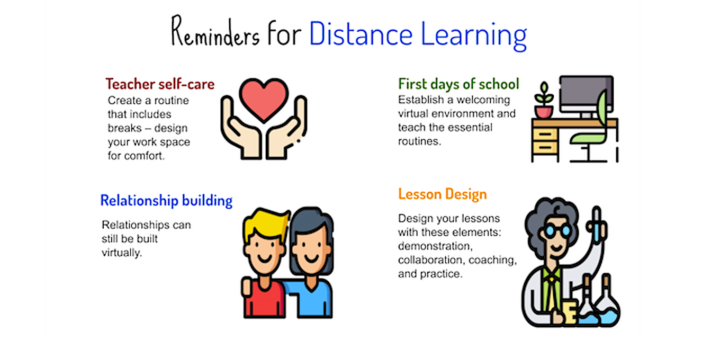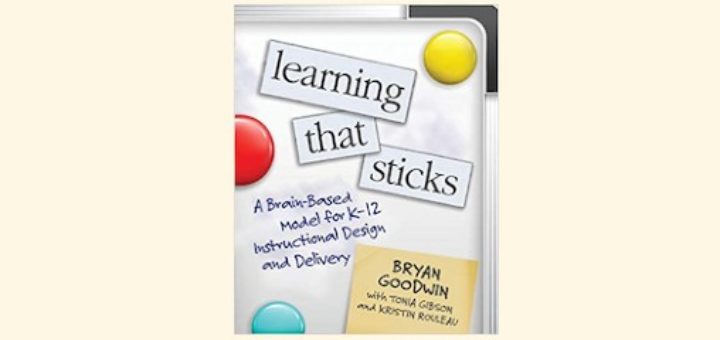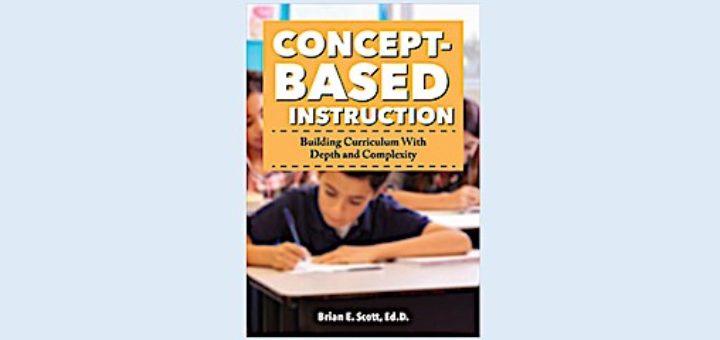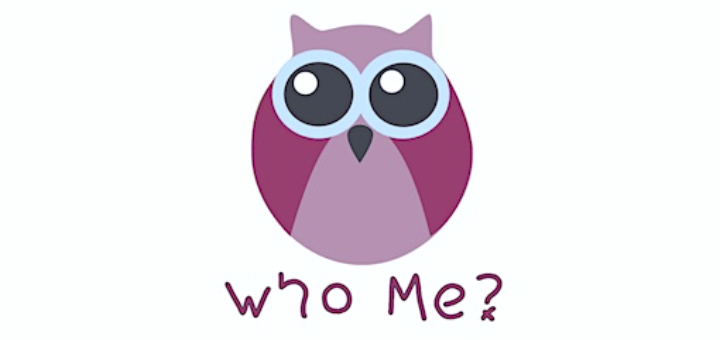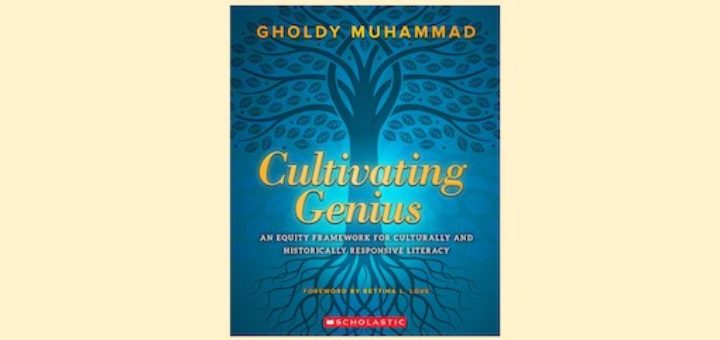Teaching and learning in grades 4-8
In a school year when frustration, fatigue and uncertainty make teaching and learning an unprecedented challenge, principal Rita Platt is leading her staff to focus on two top priorities: (1) limit instruction to essential standards, and (2) build personal connections with EVERY student.
Distance learning is uncharted territory for most teachers, but Covid-19 has forced it upon us, says Tan Huynh. The advice in Fisher, Frey & Hattie’s Distance Learning Playbook can help create a virtual environment that looks and feels more like the physical one we’re used to.
In Learning That Sticks, author Bryan Goodwin and colleagues break student learning down into a 6-phase mental model based on what researchers are learning about the brain and the ways it manages information. It’s worth the read, writes teacher leader Laura Von Staden.
Reading Concept-Based Instruction will help teachers use curriculum mapping to identify thematic trends and then pull that information together for effective cross-curricular planning. Social studies teacher Mary Marsh says the book’s challenges will be worth the effort.
Whether your ELA, social studies or media literacy students are tracking advertising on Madison Avenue or Capitol Hill, expert Frank W. Baker has the tools and ideas you need to blend this high engagement topic into standards-based lessons on analyzing informational text.
Leading online STEM lessons the same way you lead an onsite STEM project presents some real-world teaching problems. Science teacher and STEM curriculum author Anne Jolly looks at the challenges and suggests strategies and resources to keep kids learning in uncommon times.
Issues students wrestle with in the traditional classroom may be magnified during online learning. To address them, we need to adapt our regular classroom strategies to help students succeed. Teaching expert Barbara Blackburn looks at six common issues.
When students get beyond their initial engagement in high-interest topics this fall, they will need strategies to empower their reading experience. Literacy coach Sunday Cummins suggests a mnemonic tool to help nonfiction readers make informed predictions: T.H.I.E.V.E.S!
At the beginning of a new school year, establishing a strong class culture is a top priority, whether we are face-to-face or virtual. We can’t assume this culture exists, even if students have been classmates before. Lynne Dorfman shares some community building ideas.
Gholdy Muhammad shows how educators can achieve a transformation in equitable education by implementing a framework of Historically Responsive Literacy based in identity development, skill development, intellectual development, and criticality, writes teacher Nicole Warchol.


